pyrex.signals.FFTThermalNoise¶
-
class
pyrex.signals.FFTThermalNoise(times, f_band, f_amplitude=None, rms_voltage=None, temperature=None, resistance=None, uniqueness_factor=1)¶ Class for thermal Rayleigh noise signals using the FFT.
The Rayleigh thermal noise is calculated in a given frequency band with rayleigh-distributed or otherwise specified amplitudes and random phase. Values are calculated using an inverse FFT and then scaled to a provided or calculated RMS voltage.
- Parameters
- timesarray_like
1D array of times (s) for which the signal is defined.
- f_bandarray_like
Array of two elements denoting the frequency band (Hz) of the noise. The first element should be smaller than the second.
- f_amplitudefloat or function, optional
The frequency-domain amplitude of the noise. If
float, then all frequencies will have the same amplitude. Iffunction, then the function is evaluated at each frequency to determine its amplitude. By default, uses Rayleigh-distributed amplitudes.- rms_voltagefloat, optional
The RMS voltage (V) of the noise. If specified, this value will be used instead of the RMS voltage calculated from the values of temperature and resistance.
- temperaturefloat, optional
The thermal noise temperature (K). Used in combination with the value of resistance to calculate the RMS voltage of the noise.
- resistancefloat, optional
The resistance (ohm) for the noise. Used in combination with the value of temperature to calculate the RMS voltage of the noise.
- uniqueness_factorint, optional
The number of unique waveform traces that can be expected from this noise signal. This factor multiplies the length of the total trace to be calculated.
- Raises
- ValueError
If the RMS voltage cannot be calculated (i.e. rms_voltage or both temperature and resistance are
None).
Warning
Since this class inherits from
FunctionSignal, itswith_timesmethod will properly extrapolate noise outside of the provided times. Be warned however that outside of the original signal times the noise signal will be periodic. Since the default number of frequencies used is based on the FFT bin size of times, the default period of the noise signal is actually the length of times. As a result if you are planning on extrapolating the noise signal, increasing the uniqueness_factor in order to increase the number of frequencies used is strongly recommended.See also
FunctionSignalClass for signals generated by a function.
FullThermalNoiseClass for thermal Rayleigh noise signals using exact functions.
Notes
Calculation of the noise signal is based on the Rayleigh noise model used by ANITA [1]. Modifications have been made to the default to make the frequency-domain amplitudes Rayleigh-distributed, under the suggestion that this makes for more realistic noise traces.
The calculation of signal values is done using an inverse fast Fourier transform. This method has the advantage of being an order of magnitude faster than directly summing cosine functions. The disadvantage is that interpolated values (at times not given in the initial time trace) cannot be calculated exactly and must be linearly interpolated, thereby losing some accuracy.
References
- 1
A. Connolly et al, ANITA Note #76, “Thermal Noise Studies: Toward A Time-Domain Model of the ANITA Trigger.” https://www.phys.hawaii.edu/elog/anita_notes/060228_110754/noise_simulation.ps
- Attributes
- times, valuesndarray
1D arrays of times (s) and corresponding values which define the signal.
value_typeSignal.Type.voltageType of signal, representing the units of the values.
TypeEnumEnum containing possible types (units) for signal values.
- functionfunction
Function to evaluate the signal values at given time(s).
- f_minfloat
Minimum frequency of the noise frequency band.
- f_maxfloat
Maximum frequency of the noise frequency band.
- freqs, amps, phasesndarray
The frequencies used to define the noise signal and their corresponding amplitudes and phases.
- rmsfloat
The RMS value of the noise signal.
dtThe time spacing of the times array, or
Noneif invalid.frequenciesThe FFT frequencies of the signal.
spectrumThe FFT complex spectrum values of the signal.
envelopeThe envelope of the signal by Hilbert transform.
Methods
Type(value)Enum containing possible types (units) for signal values.
copy()Get a copy of the
FunctionSignalobject.filter_frequencies(freq_response[, force_real])Apply the given frequency response function to the signal, in-place.
resample(n)Resamples the signal into n points in the same time range, in-place.
set_buffers([leading, trailing, force])Set leading and trailing buffers used in calculation of signal values.
shift(dt)Shifts the signal values in time by
dt.with_times(new_times)Returns a representation of this signal over a different times array.
